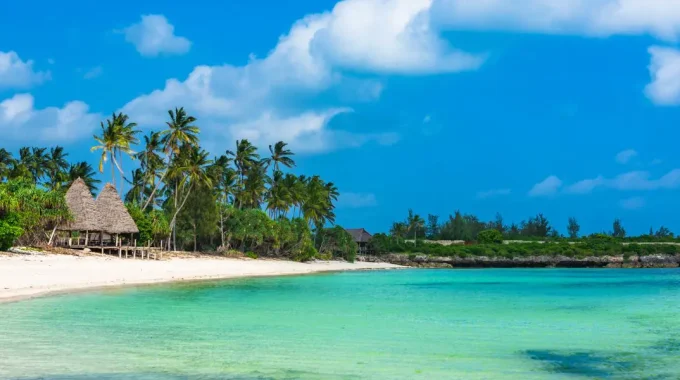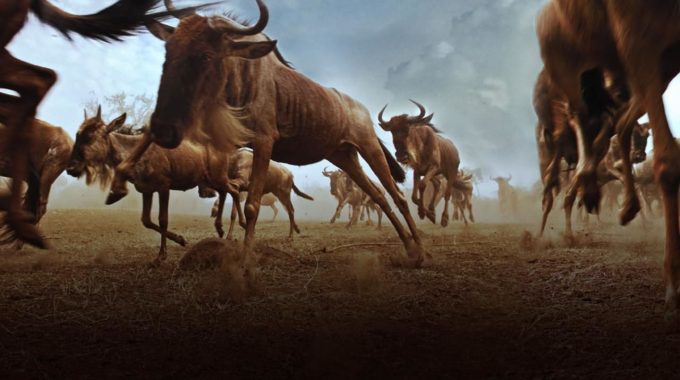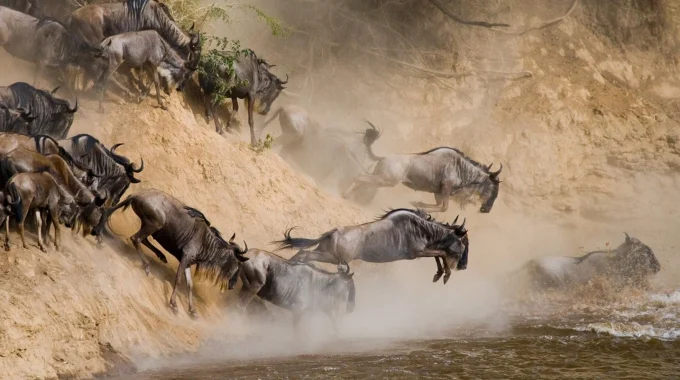Zanzibar, an exotic island paradise in the Indian Ocean, is a dream destination for many…
Tallest Mountain in Africa
Tallest Mountain in Africa: The tallest mountain in Africa is Mount Kilimanjaro, located in northeastern Tanzania, near the Kenya-Tanzania border. It is a freestanding volcanic mountain and a renowned destination for climbers and adventure seekers.

Below are detailed insights into this iconic mountain:
-
Overview
- Height: Mount Kilimanjaro stands at 5,895 meters (19,341 feet) above sea level.
- Status: It is the tallest free-standing mountain in the world, meaning it is not part of a mountain range.
- Location: Kilimanjaro National Park, a UNESCO World Heritage Site.
-
Structure and Features
- Volcanic Peaks:
- Kibo: The highest and most prominent summit, with Uhuru Peak as the highest point.
- Mawenzi: The rugged and steep second-highest peak (5,149 meters or 16,893 feet).
- Shira: The oldest and eroded peak, standing at 4,005 meters (13,140 feet).
- Type: Kilimanjaro is a stratovolcano composed of layers of hardened lava and ash.
- Glaciers: Despite its location near the equator, it has glaciers at the summit. However, these are rapidly retreating due to climate change.
-
Ecosystems and Climate Zones
Kilimanjaro has diverse climatic and ecological zones due to its altitude:
- Bushland: At the base, with farmlands and lush vegetation.
- Rainforest Zone: A dense forest area that hosts rich biodiversity, including colobus monkeys and exotic birds.
- Heath and Moorland Zone: Features open grasslands and unique vegetation like giant lobelias.
- Alpine Desert Zone: harsh, cold, and dry, with sparse vegetation.
- Arctic Zone: The summit region, dominated by glaciers and volcanic rock.
-
Climbing Mount Kilimanjaro
- Routes: Seven official trekking routes, including:
- Marangu Route: Known as the “Coca-Cola Route,” popular but less scenic.
- Machame Route: Known as the “Whiskey Route,” scenic but more challenging.
- Lemosho Route: Remote and scenic, offering high success rates.
- Rongai Route: Approaches from the north and is less crowded.
- Difficulty: Kilimanjaro does not require technical climbing skills but is physically demanding due to its high altitude.
- Duration: Most climbs take 5–9 days, depending on the route and acclimatization.
-
Wildlife and Flora
- Wildlife: Includes colobus monkeys, antelopes, elephants, and buffalo at lower altitudes. Birds are abundant, with species like the Malachite Sunbird.
- Flora: Unique vegetation such as giant groundsels and lobelias adapted to high-altitude conditions.
-
Historical and Cultural Significance
- Local Tribes: The Chagga people live around Kilimanjaro and consider it sacred.
- Name: Kilimanjaro’s name has unclear origins; it could derive from Swahili and Chagga phrases meaning “Mountain of Greatness” or “Mountain of Caravans.”
- First Ascent: Hans Meyer and Ludwig Purtscheller reached the summit on October 6, 1889.
-
Environmental Concerns
- Glacier Retreat: Scientists predict the glaciers may vanish entirely in the next few decades.
- Tourism Impact: Efforts are made to balance conservation with the high influx of tourists.
Mount Kilimanjaro is not only a physical challenge but also a symbol of Africa’s natural beauty and resilience, attracting climbers and nature enthusiasts from across the globe.



